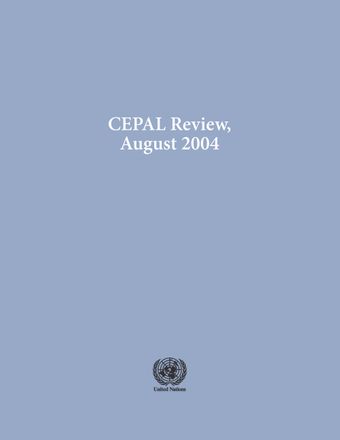-
Growth, competitiveness and employment in Peru, 1990-2003
- Source: CEPAL Review, Volume 2004, Issue 83, Sep 2004, p. 81 - 100
- Spanish
-
- 05 Sep 2004
Abstract
The growth of high-quality employment needed to reduce the share of informal occupation and open unemployment in Peru will require an acceleration and diversification of private investment in the tradable sector. One of the main constraints faced is the uncompetitiveness of the non-extractive tradable sector. In 1990-2003. competitiveness improved in this sector essentially as a result of lower labour costs, a socially unjust and economically ineffective route to follow. To raise competitiveness, it is essential for the macroeconomic regime to include a competitive real exchange rate (to which there are obstacles) and higher productivity at the microeconomic level. This latter goal needs to be pursued through microeconomic and mesoeconomic policies, the main obstacle being the narrow outlook prevailing from the mid 1990s onward, which emphasized the reduction of average labour costs as the main way to raise competitiveness.





